Lattice Multiplication
Here we will learn multiplication of 2-digit Number by Lattice Multiplication.
Let us multiply a 2-digit number by another 2-digit number.
Step I: Draw a rectangle and divide it as shown.
Step II: Now draw lines joining corners as shown.
Step III: Suppose we multiply 47 by 35. Write 47 above the first row and 35 on the right hand side of the second column as shown.
Step IV: Multiply 7 by 3 you get 21. Write 2 in the upper half of the box and 1 in the lower half as shown. Now multiply 4 by 3, you will get 12. Again write 1 in the upper half and 2 in the lower half.
Step V: Now multiply 7 by 5, you will get 35. Write 3 in upper half and 5 in lower half as shown. In the same way, write 4 × 5 = 20.
Step VI: Starting from the lower most column, add the numbers diagonally from the bottom left corner to the right corner as shown by arrows. Write the sum, if any, on bottom and left side of the box.
Step VII: The answer is 1645.
Now you can check this with the conventional method of multiplication.
Objective: To verify multiplication in the lab by Lattice multiplication algorithm.
Materials Required: White sheet of paper, red pencil and blue pencil.
Procedure:
1. Take a white sheet of paper and draw a box as shown in fig (i)
2. Write 34 and 3 - the multiplicand and multiplier as shown in fig (ii)
3. Multiply 4 by 3 and write the product 12 in the box headed by 4 as shown in fig (iii)
4. Multiply 3 by 3 and write the product in the box headed by 3. Write 9 as 09 (Using '0' on the left) in two digits as shown in Fig. (iv)
5. Add the numbers in slanting position and write the sum in front of the numbers as shown in fig. (v).
First sum = 2
Second sum = 1 + 9 = 10, write 0 and carry 1 to the next block
Last sum = 1 + 0 = 1
The product of the numbers obtained by writing the digits taken in the anticlockwise direction i.e., 102.
Worksheet on Lattice Multiplication:
1. Solve the following using lattice multiplication and check your answers:
(i) 28 × 12
(ii) 43 × 18
(iii) 64 × 21
(iv) 68 × 15
Answer:
1. (i) 336
(ii) 774
(iii) 1344
(iv) 1020
From Lattice Multiplication to HOME PAGE
Didn't find what you were looking for? Or want to know more information about Math Only Math. Use this Google Search to find what you need.
Recent Articles
-
Counting Numbers from 1 to 50 | Match the Number | Missing Numbers
Apr 04, 25 03:46 PM
In counting numbers from 1 to 50, recognize the numbers, count and then join the numbers in the correct number order. Here we mainly need eye-hand coordination to draw the picture and maintain the num -
Counting Eleven to Twenty with Numbers and Words |Numbers from 11 - 20
Apr 04, 25 03:21 PM
Counting eleven to twenty with numbers and words are explained below. One ten and one more is eleven. Eleven comes after ten. One ten and two more is twelve. Twelve comes after eleven. -
5th Grade BODMAS Rule Worksheet | PEMDAS | Order of operations|Answers
Apr 03, 25 03:11 PM
In 5th Grade BODMAS Rule Worksheet you will get different types of problems on mathematical expressions involving different operations, mathematical expression with 'brackets' and 'of' and simplifying… -
Worksheet on Simplification | Simplify Expressions | BODMAS Questions
Apr 03, 25 02:58 PM
In worksheet on simplification, the questions are based in order to simplify expressions involving more than one bracket by using the steps of removal of brackets. This exercise sheet -
Divisible by 2 Video |Test of Divisibility by 2 Trick| Rules| Examples
Apr 03, 25 10:25 AM
A number is divisible by 2 if the digit at unit place is either 0 or multiple of 2. So a number is divisible by 2 if digit at its units place is 0, 2, 4, 6 or 8.
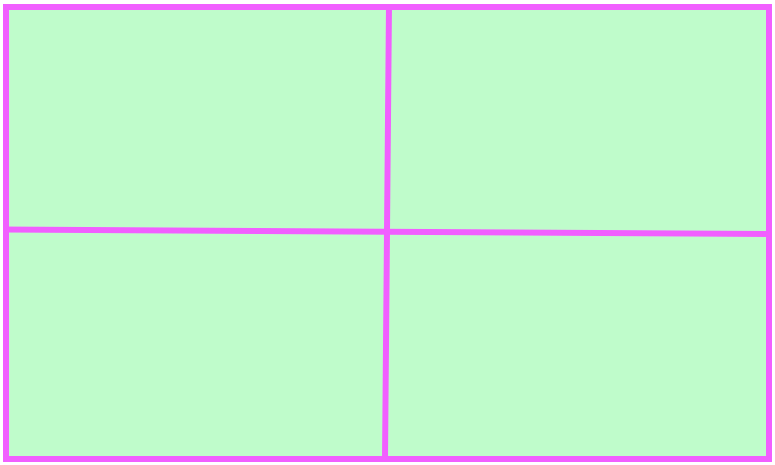
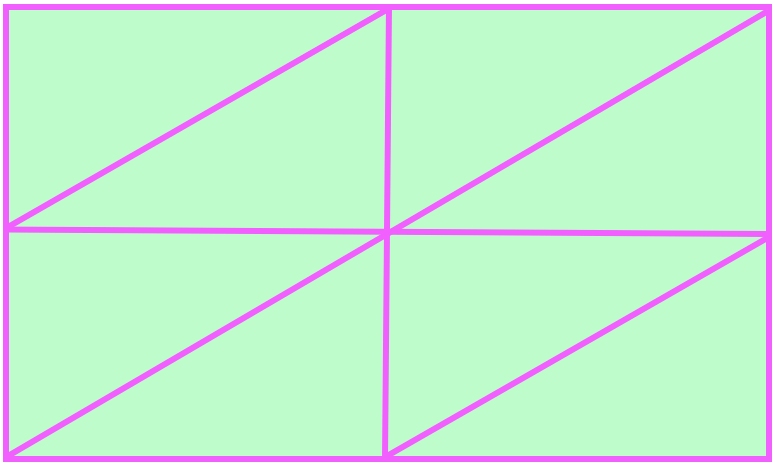
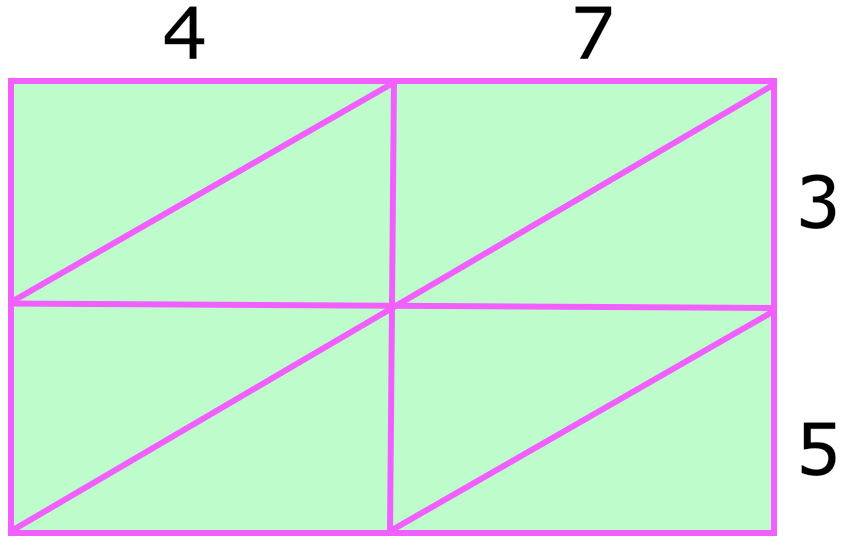

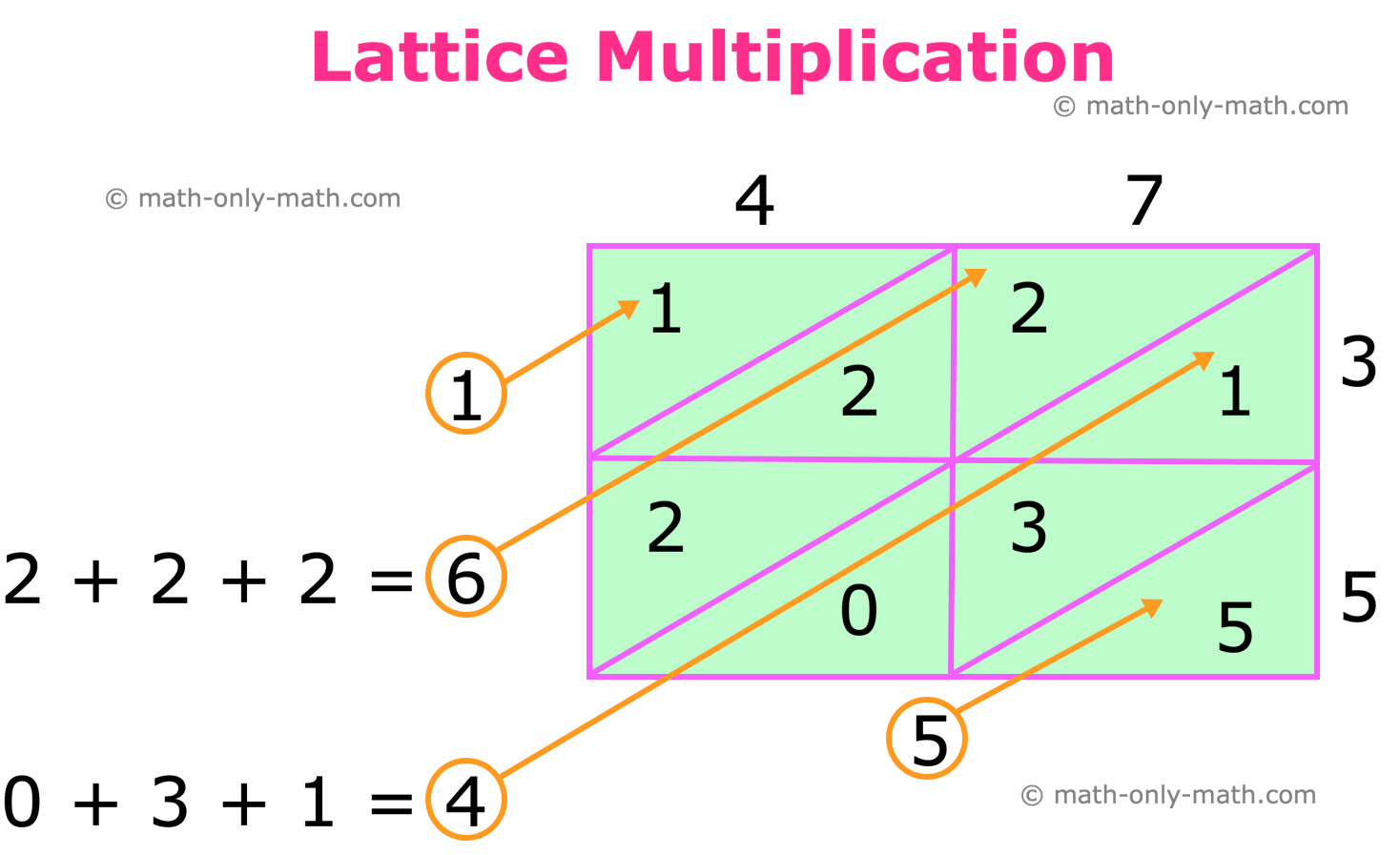
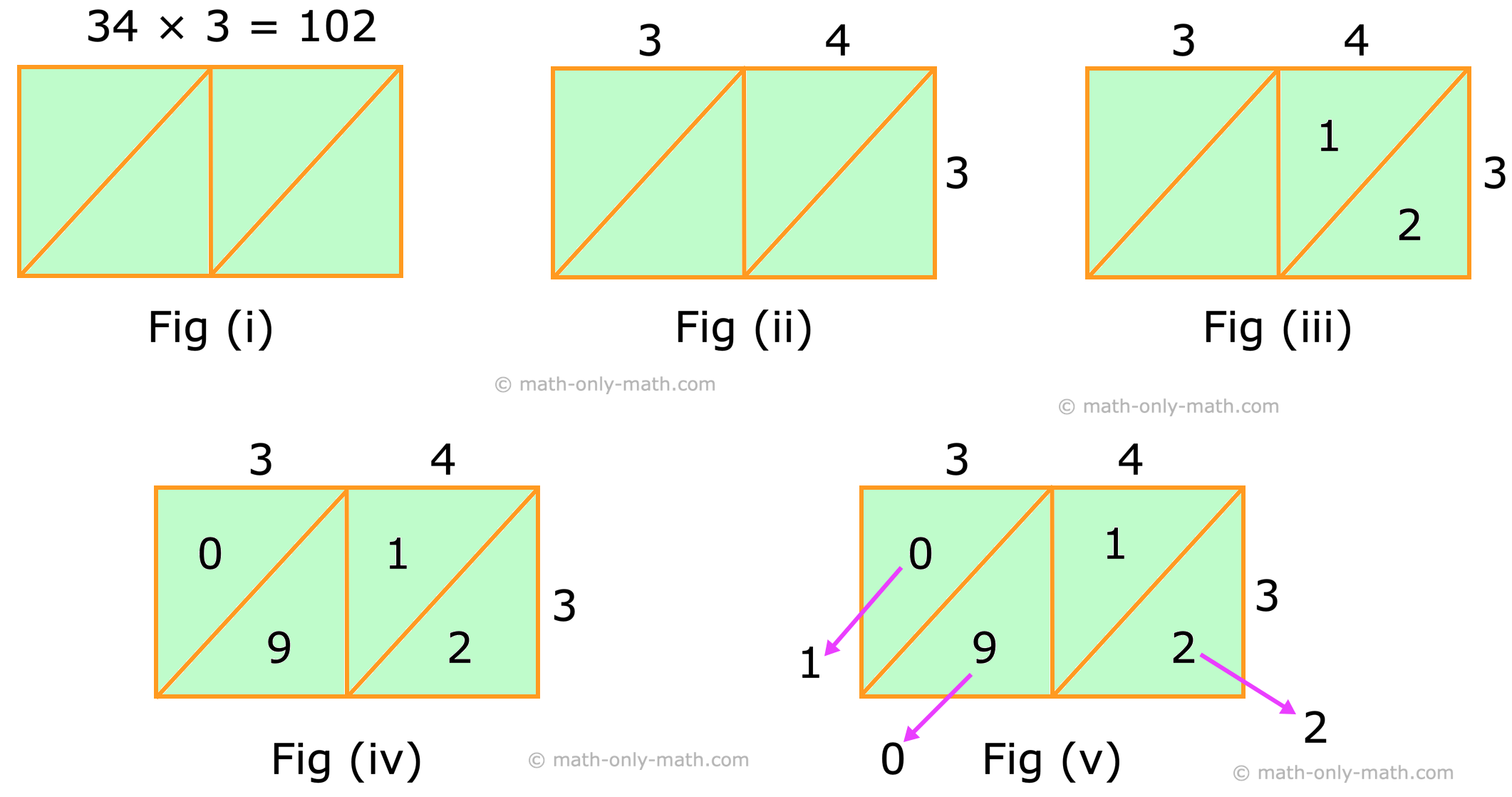


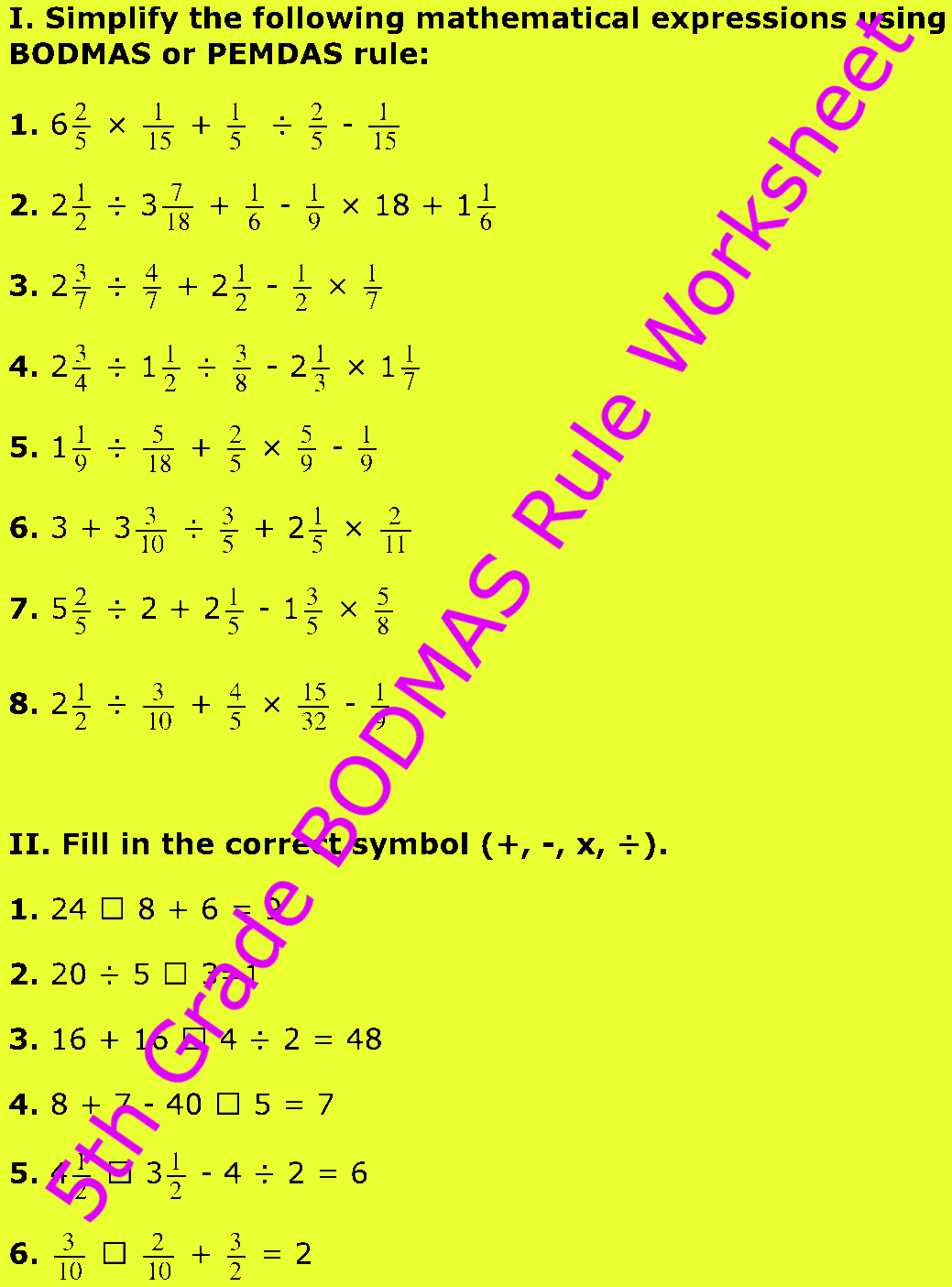
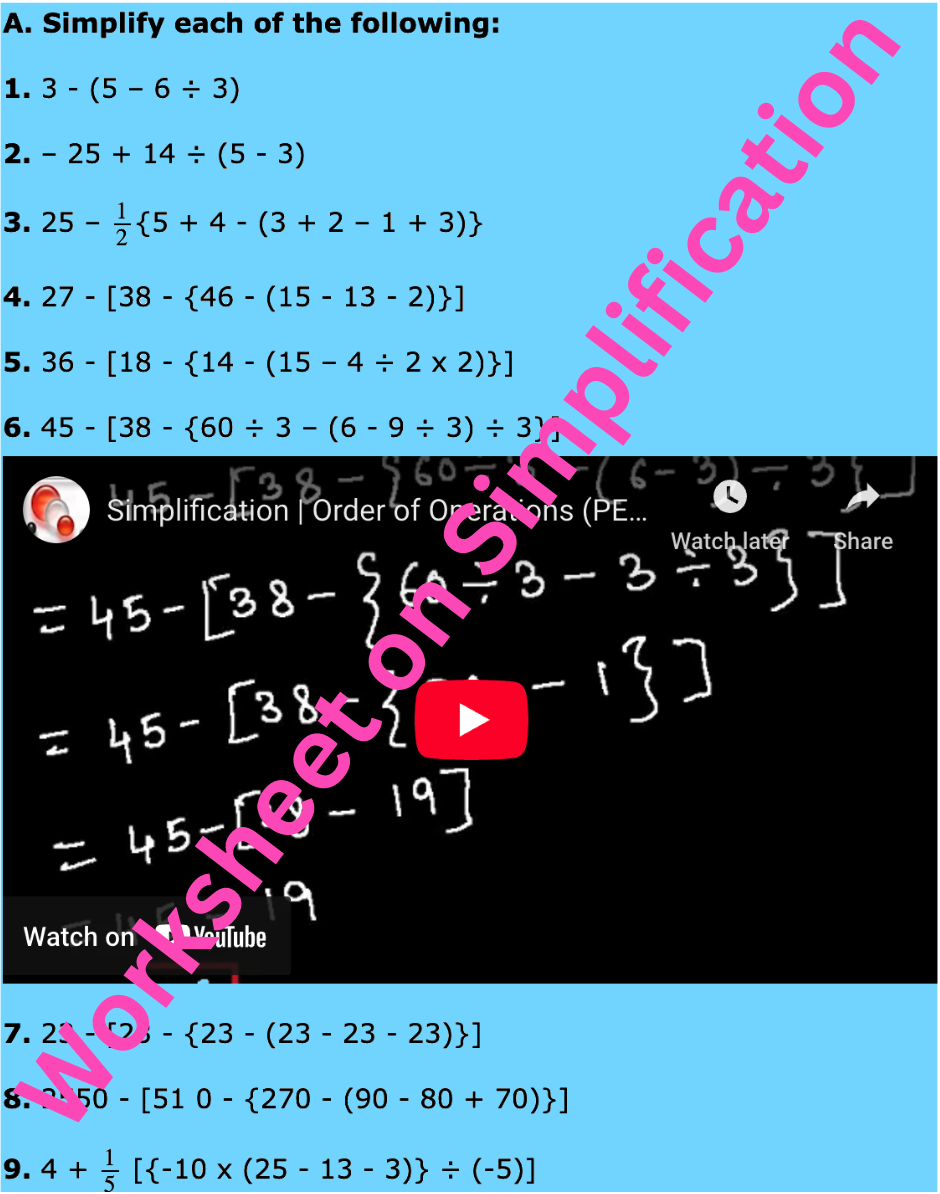

New! Comments
Have your say about what you just read! Leave me a comment in the box below. Ask a Question or Answer a Question.